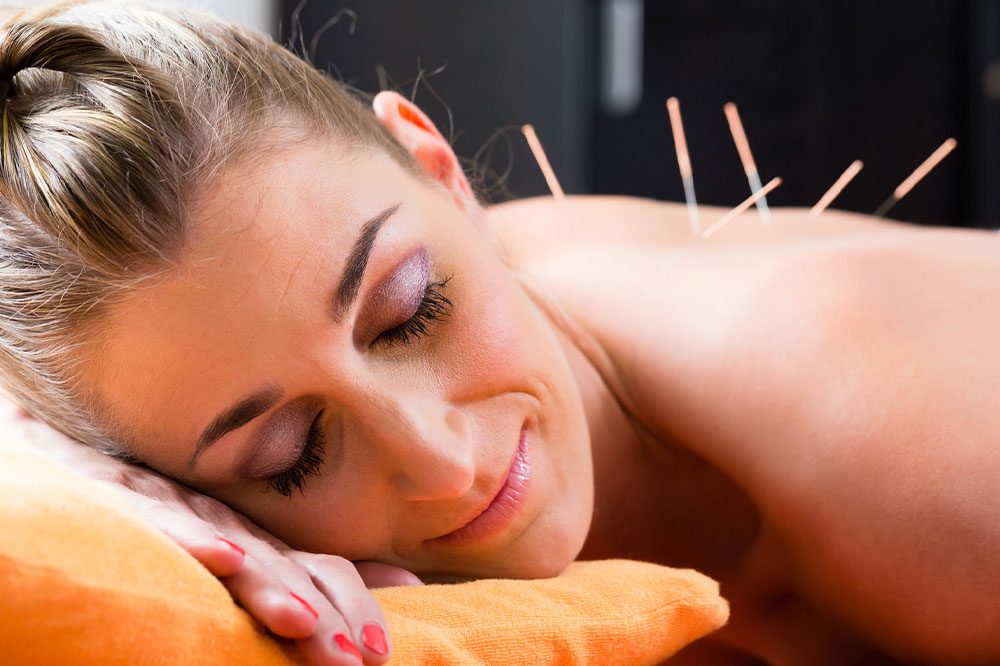
Key things to know about acupuncture
Acupuncture is a well-known and powerful form of treatment. But what most people don’t know is the extent to which acupuncture can improve one’s well-being. Acupuncture is known to help with a variety of issues, from reducing stress and anxiety to improving sleep quality and eliminating pain. So if you are looking for a holistic approach to better health, here is everything to know about acupuncture and how it can improve health:
What is acupuncture?
Acupuncture is an ancient healing practice of inserting thin needles into particular points of the human body. It promotes balance and well-being and is often used to treat pain, stress, anxiety, and other conditions. There is much debate over how exactly acupuncture works. Still, many believe that it helps to unblock energy channels in the body, allowing for a better flow of qi (life force or energy flow). Some Western scientists believe that the therapy may stimulate the release of endorphins (pain-relieving hormones), while others believe it stimulates nerve endings and improves blood circulation. Irrespective of the mechanism, acupuncture can be a powerful and effective healing practice.
Types
There are many types of acupuncture techniques one can practice based on the benefits they want. For instance, Traditional Chinese acupuncture uses fine needles inserted into specific points on the body. This type of acupuncture is most often used to treat pain and inflammation in the neck, shoulders, back, hips, knees, and feet. Acupressure is a complementary therapy that uses pressure to stimulate acupoints instead of needles. The technique is often used to treat headaches, migraines, or sinus infections. Massage is also a popular alternative treatment, and many massage therapists use acupressure to help relieve muscle tension and promote relaxation.
What to expect?
An acupuncture session typically lasts around 20 to 30 minutes, with pricks of needles that are inserted at various pressure points across the body. Acupuncturists target specific points in the body to treat ailments and problems. They believe the points are connected to energy channels and can be used for various treatments, such as reducing inflammation, improving blood circulation, and relieving pain. Cupping is also commonly used during a session, as it helps draw out impurities or toxins from the body. Transcutaneous electrical nerve stimulation (TENS) may be used during the session to relieve pain or tension in specific areas.
Benefits
Stress relief: Acupuncture can help reduce stress levels by improving blood flow and circulation. It also helps release endorphins, i.e., hormones that have anti-inflammatory properties.
Arthritis relief: The alternative treatment can help reduce inflammation and pain caused by arthritis. Additionally, it may speed up the healing process by promoting better joint function and reducing swelling.
Headache relief: Acupuncture has been shown to relieve headaches in adults and children. Stimulating specific points on the head may trigger nerve impulses that block or diminish the symptoms of a headache.
Nausea relief: Many people find the therapy helpful in alleviating nausea brought on by pregnancy or chemotherapy treatment. Also, the alternative treatment may benefit those with chronic motion sickness.
Low back pain relief: Acupuncture is an effective treatment for low back pain, particularly when combined with other practices such as exercise or using heat packs.
Considerations
Acupuncture is generally considered safe, but some people, like those with bleeding disorders or who use blood thinners, should avoid using this therapy. The therapy may cause severe bleeding and may not work for these conditions. Individuals with pacemakers should also avoid acupuncture because it may cause an irregular heart rhythm and could lead to a pacemaker malfunctioning.
One should speak with their healthcare provider before opting for acupuncture.




